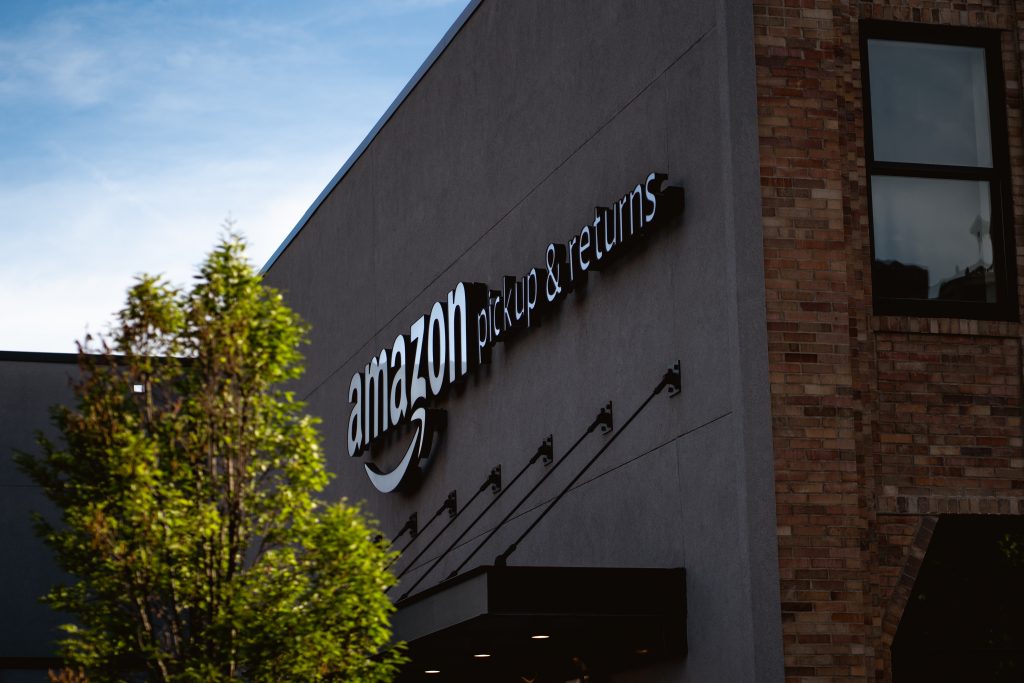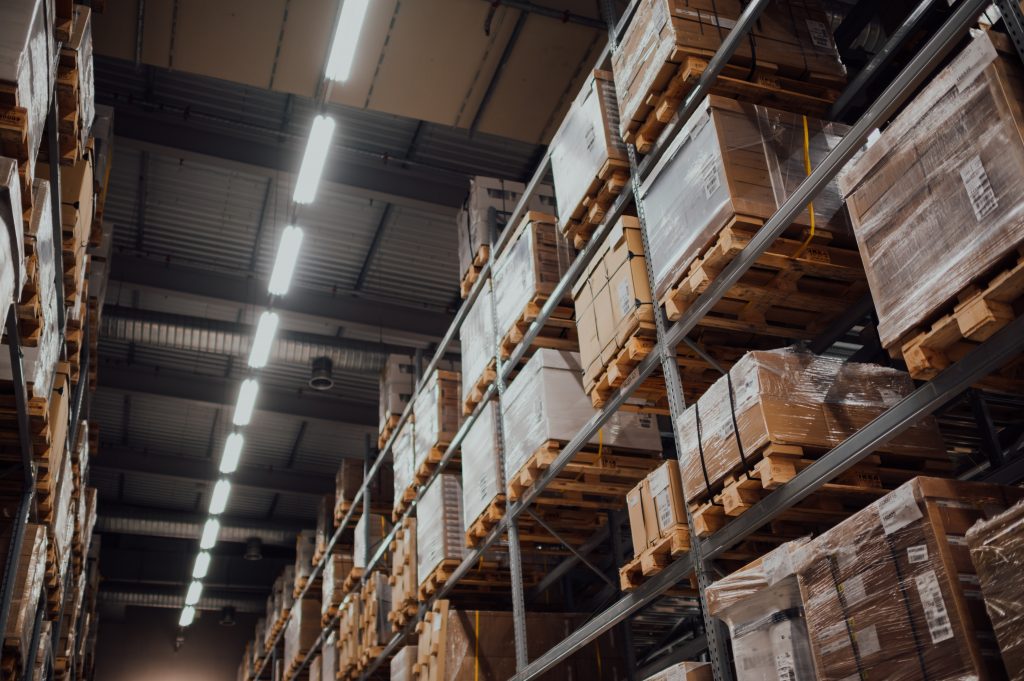home > articles > amazon fba sellers >
If you are selling on Amazon, you will need coverage to protect you from liability if a claim is made against you.
There are no assurances that claims won’t be made against you, and people in the US are more litigious, so if you are selling in the US it’s a good idea to get Amazon seller insurance.
In the unfortunate instance that your product makes someone ill, injures someone, or causes damage to their property, Amazon seller insurance can protect you.
Amazon can provide you with funds for a lawyer to argue your case in court, and cover the costs should you have to pay damages to the injured party. If you want to know more about Amazon seller insurance and why you need it, keep reading!
What Is Amazon Seller Insurance?
Amazon seller insurance is the safe and reliable cover for your products that prevents Amazon from being held liable for malfunctioning products.
If your product causes an allergic reaction or sets fire, Amazon does not want to assume responsibility for this. This is why Amazon requires sellers who gross more than $10,000 per year to be insured.
Amazon seller insurance is not to be mistaken for insurance that protects sellers when their products are lost or damaged before reaching customers.
You can arrange this kind of insurance with your freight forwarding providers, or you can rely on the free cover of up to $100 offered by Coshipper for damaged or lost goods without insurance.
There are various types and requirements for Amazon seller insurance that it’s essential to understand before acquiring insurance for your online selling business.
Requirements For Amazon Seller Insurance
On the Pro Merchant Insurance Requirements section of the Program Policy help page, Amazon lays out all of the criteria included in sellers insurance.
Amazon states that within 30 days of your gross exceeding $10,000, you must acquire insurance for your seller account. This insurance policy should cover all of the products listed on your Amazon account.
Your insurance policy must cover:
- Products liability
- Products complete operations
- Personal injury
- Bodily injury
- Broad form contractual damage
- Broad form property damage
To adhere to Amazon’s insurance requirements, you must have over $1 million product liability coverage. Your policy type can be an umbrella, commercial general, or excess liability insurance; your written policy must also be on an occurrence basis.
The insurance provider you choose must have global claim handling ability and have a financial rating of A or higher on S&P and AM Best.
Amazon requires 30 days’ notice before the insurance policy of canceled, modified, or not renewed. Amazon must also be named on the insurance policy under ‘Amazon.com Services LLC., and its affiliated and assignees’.
You must list any deductible amount on the certificate of insurance, and deductible amounts should not exceed $10,000.
You need to be aware of your legal entity name, which is listed on the Account Info page, so that you can ensure that your insured name matches your legal entity name.
Your policy must cover all of the products you list on Amazon’s website, you must make sure it is completed and signed, and it must be valid for at least 60 days from the date of submission.
Although you are not required to have insurance when you gross less than $10,000, you should invest in insurance as your low-earning business is still vulnerable to litigation that could kill it.
What Types Of Amazon Sellers Insurance Are There?
You can have one of these three types of product liability insurance:
- Commercial general liability insurance – this policy covers liability insurance for known business risks. It covers claims of injury, illness, and property damage caused by your business.
- Umbrella insurance is liability insurance in excess of other specified policies and potentially primary insurance for losses not covered by the different policies.
- Excess liability insurance – this policy provides extra cover over the cover provided by the primary, products, and public liability policy.
When choosing one of these policies, remember to cover $1,000,000 per occurrence, $1,000,000 in the aggregate for products and completed operations, and $1,000,000 in the general aggregate. The insurance must include products liability, products, completed operations, bodily injury, personal injury, broad form property damage, and broad form contractual coverage.
Why Do Amazon Sellers Need Insurance?
Courts rarely hold Amazon responsible for faults with products sold on Amazon, as third-party sellers provide them, and Amazon does not have a hand in product selection or manufacturing.
In Angela Bolger’s case, she bought a battery for her laptop from Amazon, which sparked and set her apartment alight, leaving her with third-degree burns. Amazon fought their case against her in court and won, only providing her with a refund.
Because courts primarily tend to side with Amazon and not hold them responsible for defective products sold on their marketplace, it leaves Amazon sellers vulnerable to litigation – making them the easy mark for compensation.
This is why Amazon seller insurance is a necessity for those who wish to sell products on Amazon.
How To Obtain Product Liability Insurance
If you want to acquire product liability insurance, the first step is to get quotes. The price of your liability insurance will depend on your annual income.
The cost of liability insurance is generally between $500 to $1,000 per year.
To get the best value for your money, you will want to use insurance comparison websites like Uswitch.
Amazon’s insurance accelerator service helps in this process, allowing Amazon FBA sellers to get quick access to the best insurance policies.
Which Are The Best Insurers For Amazon Seller Insurance?
To find the best product liability insurance for your Amazon FBA business, you will need to know the qualities to assess:
Coverage options and policy limits
You will need to ensure the insurance company can provide cover that accords with Amazon’s insurance guidelines. You will also need to determine whether your items are low-risk or high-risk. If your items are high-risk, then a standalone product liability policy won’t cover them.
You will need to invest in higher coverage levels. You will need to assess the likelihood of liability claims being made so that you can ensure your coverage doesn’t run out, leaving you to foot the bill.
Company reputation
Financial Health
Product liability damages can be costly, and you don’t want to be responsible for paying them. This is why it’s vital to assess the financial strength of the product liability insurance provider you are considering.
If your insurance provider is struggling financially, they won’t help you cover large settlements. If this happens, you will be stuck paying damages which could potentially kill your business and force you into bankruptcy.
So, choose a product liability insurer with the financial strength to cover you against damages that you need to pay.
Requirements For Reporting Claims
When choosing a product liability insurance provider, you need to read over their guidelines for reporting a claim.
If the company’s policies on reporting claims, with strict deadlines, strict qualifying conditions, and reporting procedures, this could cost you money down the line and suggest that making a claim will be complex.
Premiums And Deductibles
Premiums and deductibles are the costs you will have to pay yourself for coverage.
The premium is the monthly cost you will have to pay to retain your policy, and the deductible is the amount you will have to pay before your insurer covers the rest. High-risk businesses will have higher premiums and deductibles.
Premiums and deductibles are the main things you should be looking at when you choose your insurance provider, as they will determine the costs of having insurance and the fees of resolving claims.
Amazon-Specific Product Liability Insurance
Some insurance companies designed their insurance specifically to accommodate Amazon sellers. These insurance companies include Well Insurance, Next Insurance, and Bunker Insurance.
If you choose an Amazon-specific liability insurance provider, you will ensure that your insurance provider knows the requirements associated with insuring for Amazon sellers. They will also have more experience with handling Amazon insurance claims.
What Kinds Of Incidents Are Covered By Product Liability Insurance?
There are four main categories of incidents that are covered by product liability insurance. Here is a list of these categories with examples of incidents:
- Injury caused by your product – this kind of incident involves injury being sustained by either the buyer or another person because of your product. For example, if you were to sell a chair that was missing a screw, and this caused someone to break the chair and fall, damaging their back. In this instance, the insurer would provide compensatory damages and legal fees.
- Illness caused by your product – this kind of incident involves the product leading the consumer to contract an illness. There is a higher risk of these incidents when you are selling pharmaceuticals and food. If this incident occurs, your insurance will cover medical bills and lost wages for the customer.
- Property damage caused by your product – when a defect in a product causes damage to someone’s property. For example, if a faulty drill caused cracks and damage in a wall. In this instance, the insurance provider would pay for repairs to be made.
- Wrongful deaths caused by your product – if your product causes someone’s death, the insurance provider will cover the cost of the funeral and other costs associated with the death such as lost wages. They will also provide compensation for the emotional trauma suffered by the bereaved.
Frequently Asked Questions
Do Amazon Sellers Need Insurance?
Yes. If your Amazon business grosses over $10,000 per year, Amazon requires proof that you have an insured seller account for product liability.
Product liability insurance protects the Amazon seller more than Amazon itself, as courts tend to consider Amazon sellers with private label products as the manufacturer of the product.
Since Amazon is not the manufacturer of the products sold by third-party sellers on the online platform, courts do not tend to hold them liable for damages caused by the seller’s products.
That is why it is essential to have insurance, whether your gross exceeds $10,000 or not.
How Do I Provide Amazon With Proof Of Insurance?
Suppose you have acquired an insurance policy that complies with Amazon’s guidelines. In that case, you will need to provide Amazon with proof of insurance so that you can keep your Amazon seller account.
You can do this by asking for a downloadable copy of your insurance certificate from your insurance provider, printing it off, and sending it to Amazon via this address: Amazon, P.O. Box 81226, Seattle, WA 98108-1226, U.S.A.
What Are Amazon Insurance Requirements?
Amazon’s insurance requirements are available on their Program Policy help page.
Amazon requires sellers who make over $10,000 per year to be insured for $1,000,000 or more for product liability. They can have either umbrella, commercial general, or excess liability insurance.
You also need to make sure you cover all of the products listed on your Amazon seller account in your policy. You should list Amazon on your insurance policy. You should also send Amazon a copy of your insurance certificate.
Summary
Liability insurance is essential for Amazon sellers to protect themselves from lawsuits and liability claims should their product cause bodily injury to someone or damage property.
Compensation is expensive to pay out of pocket and could cause the ruin of an Amazon seller’s business if it is not insured.
Insurance coverage ensures that consumers get the proper compensation for any damages caused by a product they have bought on Amazon, and it also protects Amazon business owners. This is an integral part of ensuring justice and compensation are served when things go wrong when selling on Amazon.
CATEGORY
1 on 1 Dedicated Managers
for Personalized Solutions as your very own dedicated in-house team
CUSTOMER CENTRIC
success for our customers at the heart of every action
Transparent & Trusted
clear cut processes trusted by 2000+ global sellers & brands

Amazon Seller Solutions Providers
servicing Amazon’s Global Sellers across Global Marketplaces







